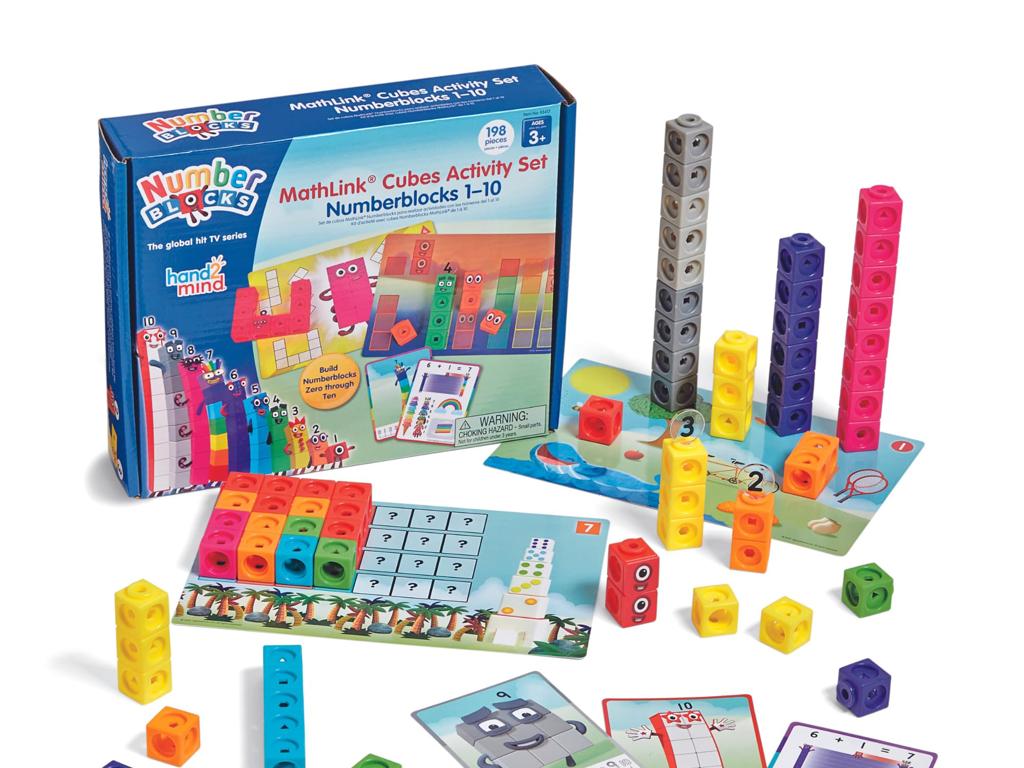Balanced And Unbalanced Forces
Subject: Science
Grade: Sixth grade
Topic: Velocity, Acceleration, And Forces
Please LOG IN to download the presentation. Access is available to registered users only.
View More Content
Welcome to Forces!
– Understanding forces in our world
– Forces are pushes or pulls that can change an object’s motion or shape.
– Defining what forces are
– A force is an interaction that, when unopposed, changes the motion of an object.
– How forces affect motion
– Forces can make objects start moving, stop moving, or change direction.
– Balanced vs. unbalanced forces
– Balanced forces don’t change motion; unbalanced forces do.
|
This slide introduces the concept of forces as fundamental to understanding motion in our world. Begin by explaining that forces are everywhere and they are the pushes and pulls we experience daily. Clarify that a force is something that can change the motion of an object, either by starting it, stopping it, or changing its direction. Emphasize the difference between balanced forces, which are equal in size and opposite in direction, thus not causing a change in motion, and unbalanced forces, which result in a change in motion. Use everyday examples to illustrate these concepts, such as pushing a toy car to make it move (unbalanced force) or arm wrestling where neither person can move the other’s arm (balanced forces).
Understanding Velocity
– Define velocity
– Velocity: speed in a specific direction, like 20 mph north
– Speed vs. velocity
– Speed is scalar; velocity is vector with magnitude and direction
– Everyday examples of velocity
– Driving a car, flying a plane, or throwing a ball
– Impact of direction on velocity
– Changing direction changes velocity, even if speed stays the same
|
This slide introduces the concept of velocity, a fundamental idea in understanding motion. Velocity is not just how fast something is moving; it’s also the direction in which it’s moving. This distinguishes it from speed, which is only how fast an object is moving without regard to direction. Use relatable examples such as driving a car or flying a plane to illustrate the concept of velocity. Emphasize that if an object changes direction, its velocity changes, even if its speed remains constant. This will set the stage for later discussions on how forces affect motion, including changes in velocity.
Understanding Acceleration
– Define Acceleration
– Acceleration is the rate of change of velocity of an object.
– Acceleration’s effect on velocity
– It can increase (speed up) or decrease (slow down) velocity.
– Real-life acceleration examples
– Examples: Speeding up in a car, going down a slide, or a roller coaster.
– Exploring acceleration in class
|
This slide aims to explain the concept of acceleration as part of our study on forces. Acceleration is a measure of how quickly an object changes its velocity, which can mean speeding up, slowing down, or changing direction. To illustrate this, consider how a car speeds up when the gas pedal is pressed or slows down when the brakes are applied. In the classroom, we can simulate acceleration by using toy cars and ramps to show how the speed changes as they move. Encourage students to think of other examples where they experience acceleration in their daily lives. This will help them relate the concept to real-world experiences and better understand the forces at play.
Introduction to Forces: Balanced vs. Unbalanced
– What are forces?
– Balanced forces explained
– Equal forces acting in opposite directions that do not cause a change in motion
– Unbalanced forces and effects
– When forces are unequal, they cause objects to start moving, stop, or change direction
– Forces’ impact on object motion
– Balanced forces keep objects at rest or moving at constant velocity; unbalanced forces cause acceleration
|
Begin the lesson by explaining that forces are pushes or pulls that can cause objects to move, stop, or change direction. Balanced forces are equal in size but opposite in direction, canceling each other out, so there is no change in an object’s motion. Unbalanced forces, on the other hand, are not equal and can cause an object to accelerate (speed up, slow down, or change direction). Use everyday examples to illustrate these concepts, such as tug-of-war for balanced forces and a game of catch for unbalanced forces. Encourage students to think of other examples from their daily lives where they can observe balanced and unbalanced forces at work.
Exploring Balanced Forces
– What are balanced forces?
– Forces that are equal in size but opposite in direction, canceling each other out.
– Equilibrium in action
– A book resting on a table without moving shows forces in equilibrium.
– Balanced forces in daily life
– Tug-of-war when teams are equally strong, or a drone hovering steadily in place.
– Observing equilibrium
|
This slide introduces the concept of balanced forces, which are forces that are equal in magnitude but opposite in direction, resulting in no change in motion. Use everyday examples to illustrate this concept, such as a book on a table remaining stationary because the force of gravity is balanced by the support force of the table. Activities like tug-of-war or a drone hovering can also be used to demonstrate balanced forces in real life. Encourage students to think of other examples where forces balance each other out. Discuss how this state of balance is known as equilibrium. The slide aims to help students recognize balanced forces in various scenarios and understand their effects on objects.
Exploring Unbalanced Forces
– What are unbalanced forces?
– Forces not equal in size, causing a change in motion
– Unbalanced forces create motion
– When forces are unequal, objects accelerate in the direction of the larger force
– Examples of unbalanced forces
– Pushing a shopping cart starts it moving, kicking a ball changes its motion
– Observing unbalanced forces in daily life
– Notice when you push a door open or start pedaling a bike
|
This slide introduces the concept of unbalanced forces, which are essential to understanding motion. Unbalanced forces occur when two forces acting on an object are not equal in size, causing the object to accelerate in the direction of the larger force. Use everyday examples to illustrate this concept, such as pushing a shopping cart or kicking a ball, which helps students relate to the material. Encourage students to observe instances of unbalanced forces in their daily lives, like opening doors or riding a bike, to reinforce their understanding. Discuss how these forces are necessary to change the motion of objects, linking back to the fundamental principles of physics.
Forces in Action: Tug of War
– Tug of War: Balanced Forces
– When teams are equal in strength, the rope doesn’t move. This is balanced force.
– Unbalanced Forces in Sports
– When one team pulls harder, the rope moves their way. This is unbalanced force.
– Analyze Motion: Sports Examples
– Look at how a soccer ball stops or changes direction due to unbalanced forces.
– Classroom Objects: Identify Forces
– Discuss and list forces acting on items like books, chairs, and doors.
|
This slide introduces the concept of balanced and unbalanced forces through relatable examples. Begin with a case study of Tug of War to explain how equal forces result in no movement, illustrating balanced forces. Contrast this with unbalanced forces by discussing what happens when one team overpowers the other. Extend the concept to sports, analyzing how the motion of balls in games like soccer or basketball is affected by unbalanced forces. Finally, engage the class in a group discussion to identify the forces acting on everyday classroom objects, reinforcing the concepts through hands-on learning. Encourage students to think critically about how forces affect objects in motion and at rest in their environment.
Experiment Time: Forces in Action
– Hands-on activity to explore forces
– Gather string, weights, and a ruler
– Follow classroom experiment steps
– Observe effects of balanced/unbalanced forces
– Balanced forces won’t move the ruler, unbalanced will cause motion
|
This slide introduces a hands-on activity designed to help students understand the concepts of balanced and unbalanced forces. Provide each student or group with string, various weights, and a ruler. The experiment will involve attaching weights to the string and using the ruler to measure the effects of the forces applied. Detailed instructions should guide the students through setting up the experiment, observing, and recording the effects of applying different forces to the weights. The goal is for students to see that balanced forces keep the ruler stationary, while unbalanced forces result in motion. This will help them grasp the fundamental principles of Newton’s first law of motion. Prepare to assist students as needed and encourage them to predict outcomes before conducting the experiment.
Conclusion: Forces in Our Daily Lives
– Recap: Balanced vs. Unbalanced Forces
– Balanced forces don’t change motion, unbalanced do.
– Forces’ role in everyday activities
– Walking, driving, playing sports all involve forces.
– Understanding forces aids problem-solving
– Knowing forces helps us predict object behavior.
– Quick quiz to solidify concepts
|
As we wrap up our lesson on forces, it’s important to review the key differences between balanced and unbalanced forces and how they affect an object’s motion. Balanced forces keep objects at rest or moving at a constant velocity, while unbalanced forces cause acceleration. Relate this to daily life by discussing how understanding these concepts helps us in activities like walking (balancing forces) or driving (using unbalanced forces to speed up or slow down). To ensure students have grasped the ideas, end with a quick quiz covering the main points of the lesson. This will help reinforce their understanding and give them confidence in applying these concepts to real-world situations.
Class Activity: Force Scavenger Hunt
– Understand balanced vs. unbalanced forces
– Work in pairs to find examples
– Look around the school for real-life examples
– List your findings
– Share with the class
– Discuss how these forces act in each example
|
This activity aims to help students identify and understand the concept of balanced and unbalanced forces through a practical and engaging scavenger hunt. Students will work in pairs to explore their school environment and find examples of both types of forces. They should consider how objects move or don’t move and relate this to the forces acting on them. Possible examples they might find include a book resting on a table (balanced forces) or a door being pushed open (unbalanced forces). After the scavenger hunt, each pair will list their findings and share with the class to discuss the different forces observed. This will reinforce their learning through collaboration and real-world application.






